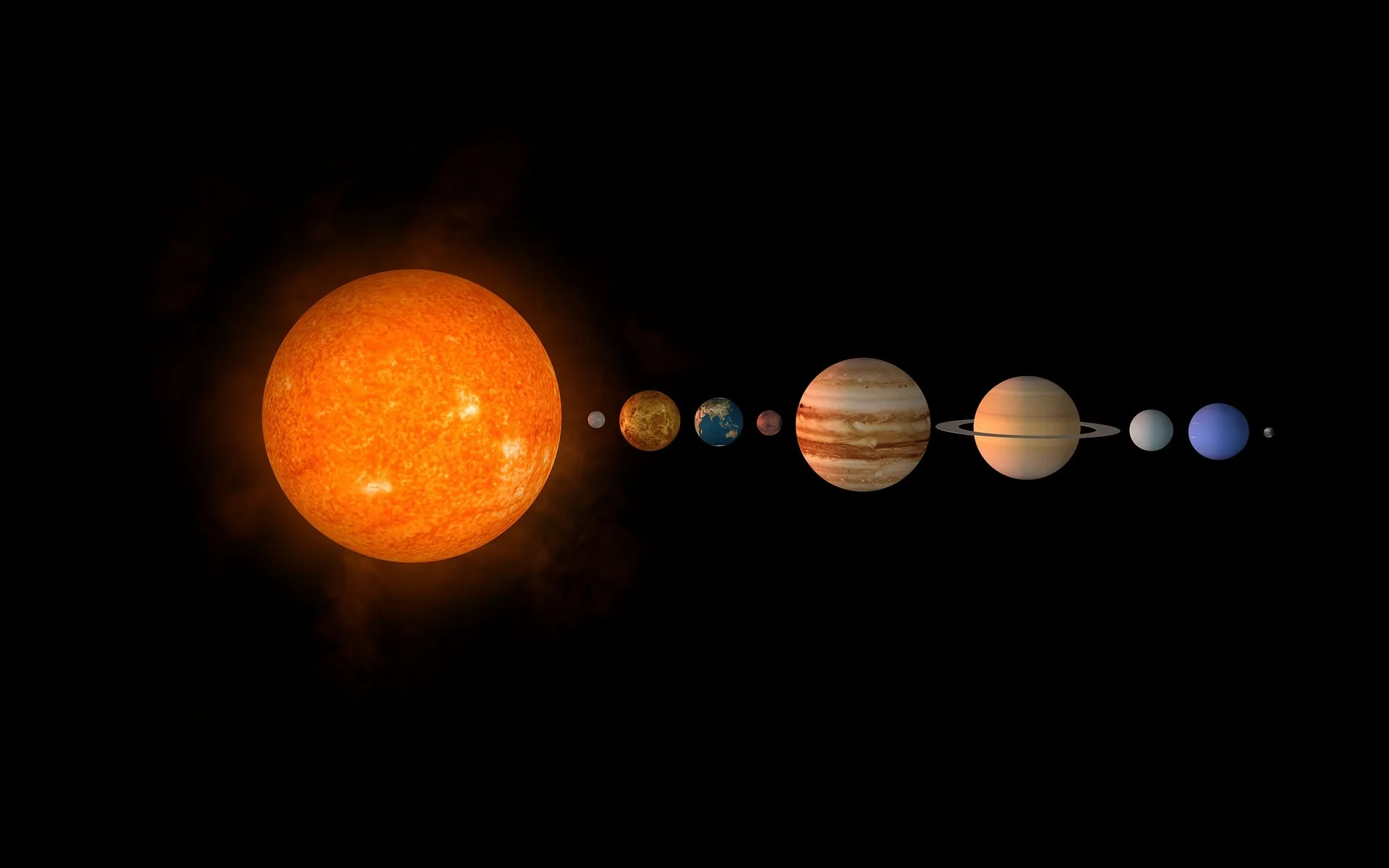The Intriguing World of Planets: A Comprehensive Exploration
Introduction
Welcome to our comprehensive exploration of planets, captivating celestial bodies that have fascinated astronomers and ignited the curiosity of humankind for centuries. In this article, we embark on a journey through the vast expanse of the universe, diving into the mysteries and marvels of planets. Join us as we delve into their origins, diverse types, and captivating characteristics, shedding light on the captivating world of planets.
Understanding Planets
Defining Planets: Celestial Spheres in Orbit
Planets are celestial bodies that orbit stars and shine by reflecting their light. They do not produce their own light like stars but are instead illuminated by the radiant energy of their parent stars. These mesmerizing spheres come in a variety of sizes, compositions, and orbital characteristics, each with its unique story to tell.
Formation of Planets: Birth from Cosmic Disks
The formation of planets is an awe-inspiring process that occurs within protoplanetary disks, which are vast swirling structures of gas and dust that surround young stars. As these disks evolve, gravitational forces cause the material to come together, forming planetesimals. Over time, these planetesimals collide and merge, ultimately giving rise to planets.
Types of Planets: Terrestrial and Jovian Worlds
In our exploration of the universe, we encounter two primary types of planets: terrestrial and jovian. Terrestrial planets, such as Earth, Venus, Mars, and Mercury, are rocky bodies with solid surfaces. They tend to be smaller and denser than their jovian counterparts. Jovian planets, including Jupiter, Saturn, Uranus, and Neptune, are massive gas giants composed mainly of hydrogen and helium.
Exoplanets: Worlds Beyond Our Solar System
In recent years, astronomers have made groundbreaking discoveries of planets outside our own Solar System, known as exoplanets. These distant worlds exist in a wide range of sizes, compositions, and orbital configurations, offering glimpses into the incredible diversity of planetary systems that exist throughout the cosmos. The study of exoplanets has revolutionized our understanding of planet formation and the potential for habitable environments beyond Earth.
Characteristics and Features of Planets
Size and Mass: From Tiny to Colossal
Planets exhibit a wide range of sizes and masses. The smallest known planets, called exoplanet candidates, can be comparable in size to our Moon or even smaller. On the other end of the scale, gas giants like Jupiter and Saturn possess masses many times greater than that of Earth. The diversity of planetary sizes and masses underscores the vastness of possibilities within our universe.
Atmospheres: Blankets of Gases
Many planets, especially those with substantial atmospheres, are enveloped by layers of gases that give rise to unique climates and atmospheric conditions. Earth, for instance, has a life-sustaining atmosphere primarily composed of nitrogen, oxygen, and trace amounts of other gases. In contrast, the atmosphere of Venus is dense and predominantly composed of carbon dioxide, creating a runaway greenhouse effect.
Planetary Surfaces: Scenic Landscapes
The surfaces of planets exhibit a wide array of features and landscapes. Earth showcases a rich tapestry of landforms, including towering mountains, vast oceans, and sprawling plains. Mars boasts a reddish hue and is adorned with valleys, canyons, and ancient riverbeds. Meanwhile, Jupiter’s moon Europa is covered in a layer of ice, beneath which lies a potentially habitable subsurface ocean.
Rings and Moons: Celestial Companions
Some planets are accompanied by spectacular rings and moons, adding an additional layer of intrigue to their celestial presence. Saturn is renowned for its majestic system of rings, composed of countless icy particles that encircle the planet. Jupiter’s Galilean moons, including Europa, Ganymede, Io, and Callisto, captivate with their diverse landscapes and potential for extraterrestrial exploration.
Planetary Exploration and Discoveries
The Golden Age of Planetary Exploration
Humanity has long been driven by the desire to explore and understand the cosmos. The advent of space exploration has opened up unprecedented opportunities to study and observe planets up close. From early missions like the Voyager program, which provided us with the first detailed views of the outer gas giants, to modern endeavors such as the Mars rovers and the Cassini-Huygens mission to Saturn, we have gained invaluable insights into the nature and composition of planets.
Significance of Planetary Exploration
Planetary exploration holds immense scientific value, allowing us to study planetary geology, atmospheres, and potential habitability. By examining the conditions and characteristics of other worlds, we can gain a deeper understanding of our own planet and its place in the universe. Exploring planets also helps us unravel the mysteries of planet formation, the potential for life beyond Earth, and the intricacies of planetary processes.
Discoveries and Findings
Through planetary exploration, scientists have made remarkable discoveries. The Mars rovers have provided evidence of ancient water on the Red Planet, fueling speculations about the possibility of past or present microbial life. The Cassini mission revealed stunning images of Saturn’s rings and uncovered intriguing details about the moon Enceladus, including evidence of subsurface liquid water and geysers.
Conclusion
Our comprehensive exploration of planets has taken us on a captivating journey through the cosmos. From their formation within protoplanetary disks to the diversity of sizes, compositions, and features, planets continue to astound and amaze. Through ongoing exploration and technological advancements, we are poised to unlock even greater insights into these enigmatic celestial bodies. As we gaze at the night sky and ponder the countless worlds that exist beyond our reach, let us marvel at the intricate tapestry of the universe and embrace the wonders of planets.

